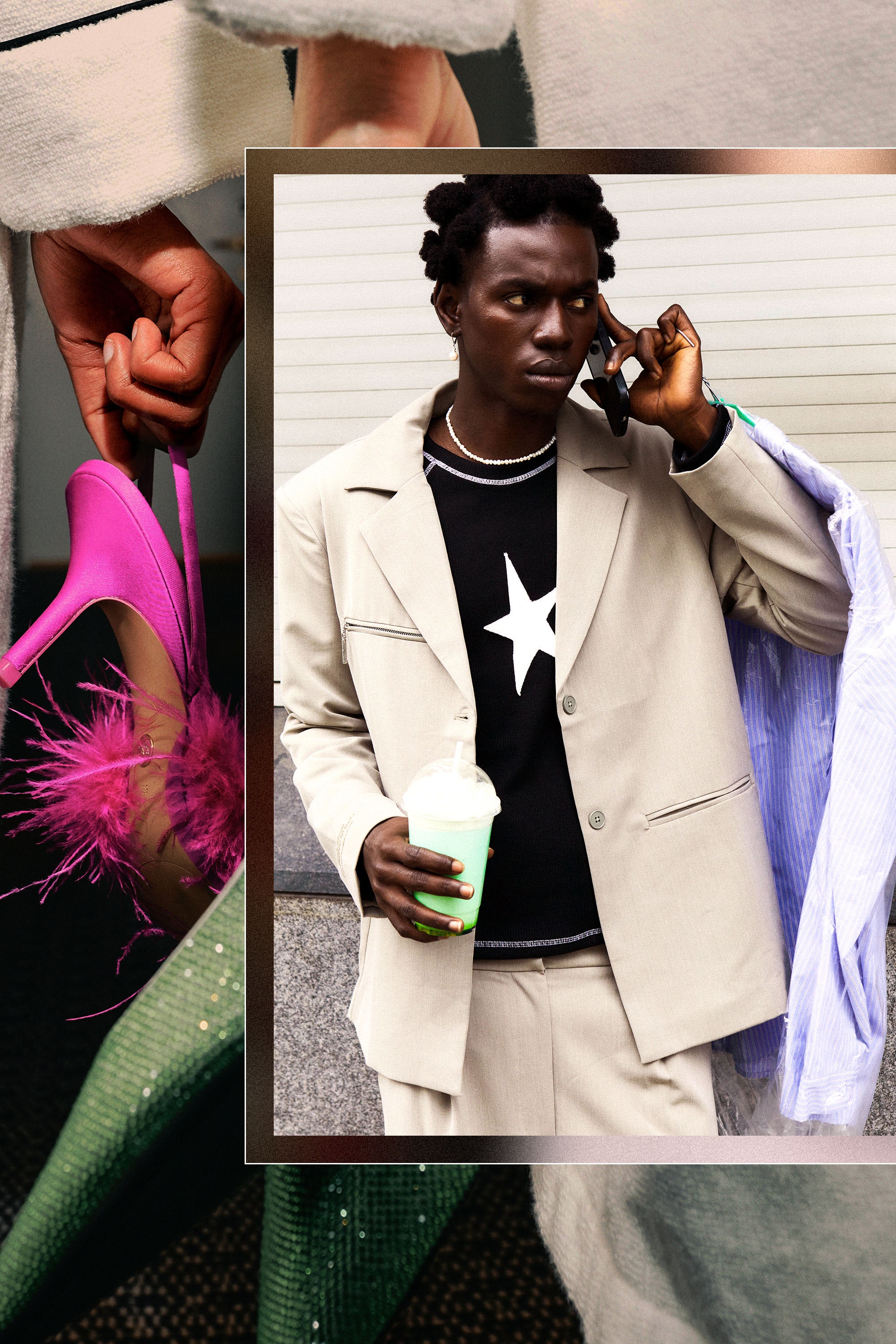This story is part of ‘Debunking the Dream: Part Two’, a series based on an exclusive survey of 300 fashion designers, examining how they are navigating luxury's current crisis and how the industry might emerge stronger from it. Read it all here.
There are certain fashion designers that enter the industry’s folklore — Lagerfeld, McQueen, Galliano, among them. Their contributions are so deeply revered that they don’t need first names. But how many more designers, who were feted as their successors, have simply faded from view?
Since the end of the 20th century, the fashion calendar and ensuing overproduction have accelerated at an unprecedented rate. We churn through clothes — and the people who dream them up — faster than ever, leaving little room for lasting success. It’s not just independent designers either; look at the revolving door of creative directors at established brands (16 have been appointed in the past year alone).
Meanwhile, the system that supported the great designers of the past is barely recognisable today. Before the pandemic, wholesale retailers were already struggling to maintain their bricks-and-mortar posts, but now, the e-commerce bubble has also burst, leaving many independent brands with unpaid invoices, decimated consumer relationships and businesses hanging by a thread. Then, there’s the wider issues at play: a cost of living crisis, Brexit, geopolitical tensions, inflation, an energy crisis, a climate crisis and raw material shortages.
Last year, Vogue Business surveyed over 600 fashion professionals, in order to unpack the issues facing the wider industry, culminating in the first instalment of our ‘Debunking the Dream’ series.
‘Debunking the Dream: Part Two’ is a springboard for the industry to unpack the ‘star designer’ trope and rebalance its expectations, future-proofing the talent pipeline. Our research found that the ‘dream’ many fashion designers enter the industry to pursue — that of becoming a ‘star designer’ — is holding them back, as well as the industry itself. We look into the ecosystem of support available to fashion designers and how these schemes could be improved to help talent in the long term. Then, with all the challenges the market is facing, we explore how independent designers can rethink running a business. And finally, we explore the career pathways for designers beyond stardom, and how the industry can recognise and champion the hundreds of other hands that hold the industry — and the star designer vision — up.
A note on the methodology
An internal Condé Nast custom research team shared a 15-minute quantitative online survey with Vogue Business subscribers and contacts, from 4 to 30 July 2024. Statistical comparisons between groups were used at a 95 per cent confidence interval.
Respondents were required to be aged 16 or over and currently work as or studying to be a fashion designer. Of the 300 people to complete the survey, 83 per cent identified as female, with 14 per cent identifying as male. While this survey was shared globally, the majority of respondents were from the UK (36 per cent) and the US (27 per cent), generating results that are more representative of these markets. Due to cultural sensitivities, race/ethnicity and sexuality questions were only asked to respondents in the UK or the US. As the majority of UK and US respondents reported being white or Caucasian (63 per cent in the UK, 44 per cent in the US), other races/ethnicities* were too low to report on and, for the purpose of analysis, were merged together.
‘Read Debunking the Dream: Part One’ — last year’s series on achieving success and avoiding burnout — here.
Sign up to receive the Vogue Business newsletter for the latest luxury news and insights, plus exclusive membership discounts.
*Other races/ethnicities in the UK include: Mixed/multiple ethnic groups, Asian/Asian British, Indian, Pakistani, Bangladeshi, Chinese, any other Asian background, Black/African/Caribbean/Black British, Arab or other ethnic group. In the US: American Indian or Alaskan Native, Black or African American, Asian or Pacific Islander, Hispanic or Latinx or other ethnic group
